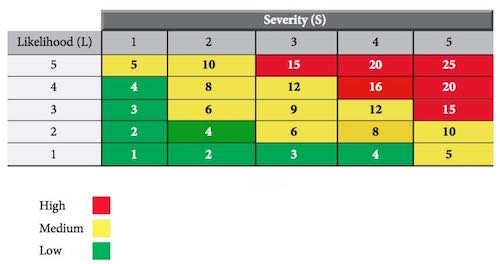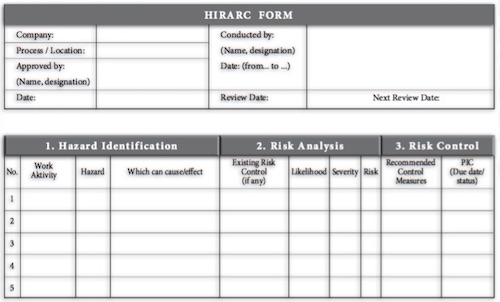Occupational Asthma - Asthma-related job is known as occupational asthma. This occurs due to narrowing of the airways when exposed to agents in the working hours. This situation can be recoveredback (reversible). The trigger to the disease is asthma agentsfound in the workplace. There is a relationship between exposures to the agent in the workplace with an attackof the disease.
Workers at risk of occupational asthmaare usually influenced by the work environment. Examples of persons at high risk are those exposed to the following agents at the workplace:
- Dust mites, mold, pollen
- Chemical vapors, fumes, mists
- Vegetables Dust
- Metal Dust
- Sawdust
Occupational asthmasymptoms can be known by the following:
Occupational asthma can be prevented. Some action should be taken;

- Difficulty in breathing
- Cough
- Breath sounds (wheezing)
- Chest feels tight
- Symptoms get worse during work
- Symptoms increased gradually during work
- Symptoms improve when not working
- Symptoms improve when the work environment has changed
Occupational asthma can be prevented. Some action should be taken;
- Try to identify an agent that you think can trigger asthma attacks
- Avoid exposure to agents that can trigger asthma attacks
- Use personal protective equipment to prevent inhalation agents. Examples are face protective masks, respiratory filter device (respirator)
- Take asthma medication as directed by a doctor
- Seek medical advice early if you feel you are suffering from occupational asthma
- Report to the employer so that appropriate control measures can be taken to improve the working environment
- Quit smoking

You can identify if suffering from occupational asthma by:
- Describe the symptoms to the doctor and the relationship with your job.
- Take note of the symptoms chronicle
- Undertake specific tests to measure lung capacity tests such as Peak Flow and lung tests (spirometry).
- Take the test X-Ray Chest.
Treatment for occupational asthma
There are two main treatments for people with this disease;
- Medical - to expand the airways (medicines for immediate relief) and long-term control (prevent asthma attacks).
- Avoid exposure to agents in the workplace that can trigger asthma attacks:
-Eliminate the agents in the workplace through the agent's control in the
workplace.
-Use personal protective equipment.
-Work in a new place.













